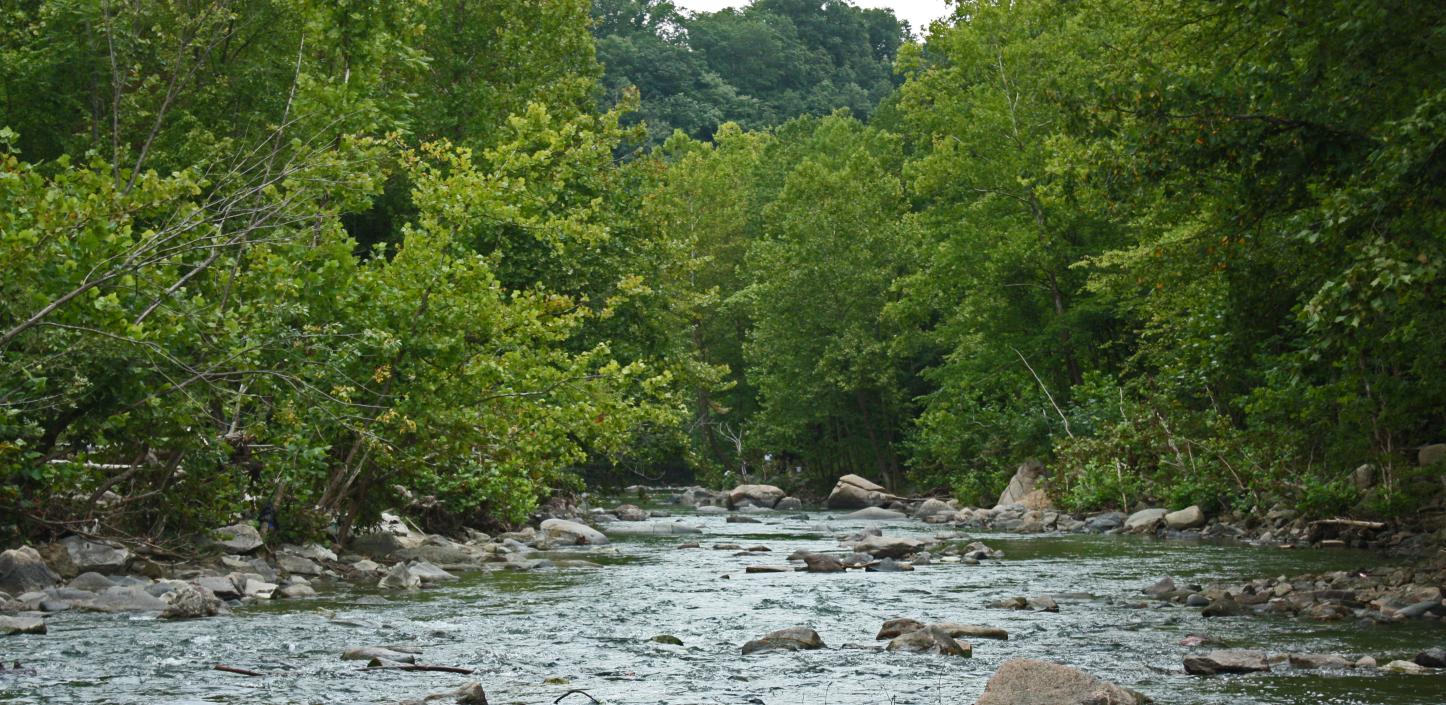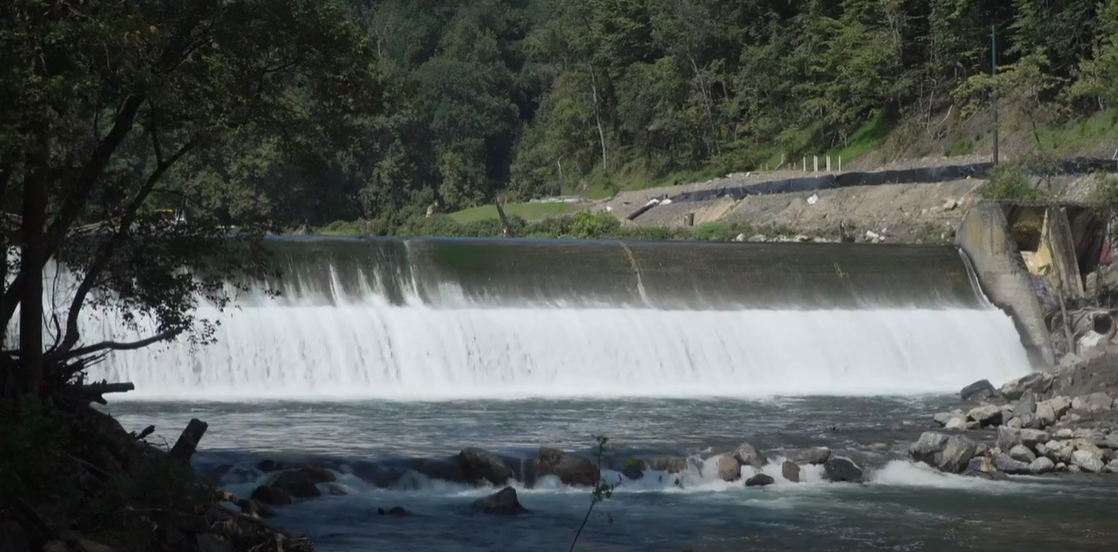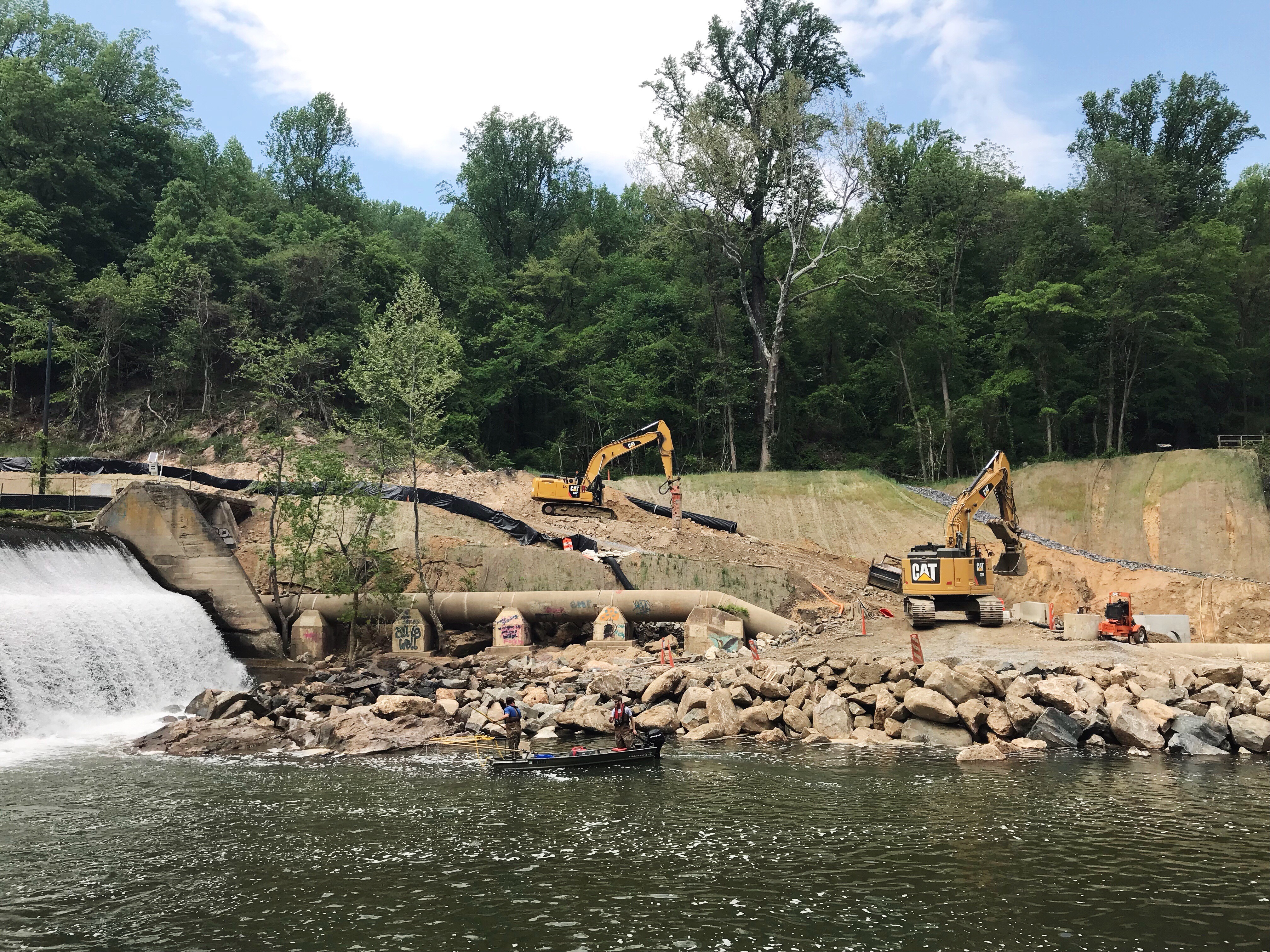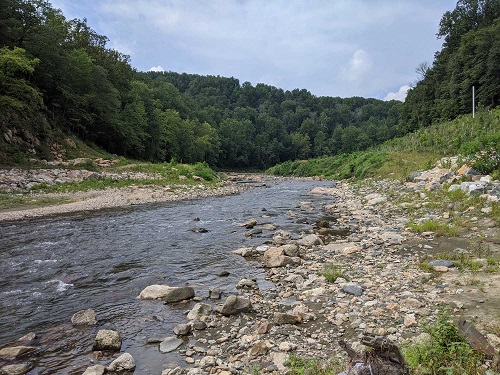
Case Study: American Rivers
Increasing Community and Ecological resilience by Removing a Patapsco River Fish Barrier
Table of Contents
- Key Information
- Transferable Strategies
- Project Overview
- Challenges and Solutions
- Print this Case Study
Key Information
| Project Type | Restoration and monitoring | ||
| Theme | Adaptive management: American Rivers created an adaptive management plan to help mitigate and respond to potential risks that could occur while removing the Patapsco River’s Bloede Dam—a significant barrier to river flow and fish passage. |
||
| Keywords | Dam removal, fish ladder removal, adaptive management, modeling, partnerships, spawning habitat, river herring, American shad | ||
| Organization (Type) | American Rivers (Nonprofit) | ||
| Project Contacts (as of 2022) |
Serena McClain, Director of River Restoration and National Dam Removal Practice Lead, smcclain@americanrivers.org Jessie Thomas-Blate, Director of River Restoration and Most Endangered Rivers Manager, jthomas@americanrivers.org |
||
| Award Amount1 and Year | NFWF Award: $2,480,000 | Match: $5,677,024 | Award Year: 2013 |
| Location | Patapsco River, Maryland (MD) | ||
| Partners | National Oceanic and Atmospheric Administration, U.S. Fish and Wildlife Service, U.S. Department of the Interior, MD Department of Natural Resources, MD Department of Transportation State Highway Administration, the Friends of the Patapsco Valley State Park, U.S. Geological Survey, MD Biological Stream Survey, MD Geological Survey, University of MD Baltimore County | ||
| Multimedia and Additional Links2 | Video: Dam Removal Blast Video: Aerial Tour Story map: Removing Bloede: American Rivers’ Quest to Free the Patapsco River Article: Dam Removal Complete Article: Bloede Dam Removal Podcast: Holding out for a Herring |
||
1 The award amount does not necessarily reflect the total project cost. The match amount is based on the project proposal information. 2 Disclaimer: The opinions expressed in the multimedia and additional relevant links are those of the project team and their partners only and do not necessarily reflect the views of the National Fish and Wildlife Foundation (NFWF).
Transferable Strategies from this Case Study
- Demonstrate project effectiveness: By collecting data on project impacts and engaging in ongoing communication, a team can help regulators and permitters understand the proposed project approach. When feasible, conducting pilot or demonstration projects can also show effectiveness.
- Consider opportunities for adaptive management during project development and design: Adaptive management can effectively reduce the potential for an over-engineered project, help lessen long-term project costs, and contribute to more enduring project outcomes.
Project Overview: Increasing Community and Ecological Resilience by Removing a Patapsco River Fish Barrier

After years of hard work by American Rivers and its project partners, the Bloede Dam in Maryland’s Patapsco River was successfully removed in 2018, restoring the river’s natural flow and native fish spawning habitat. Removing the dam also strengthened community resilience, improved public safety, and facilitated increased sediment transport to marshes and beaches along the Chesapeake Bay.
|
Bloede Dam, built in 1906, had a hollow structure that allowed turbines to function inside, making it the first underwater hydroelectric dam in the world. The dam provided electricity to surrounding communities until it ceased producing power in 1924 due to challenges associated with maintaining efficient power production. Bloede Dam, whose ownership was transferred to the Maryland Department of Natural Resources in 1938, blocked fish access to native habitat and spawning grounds in addition to being costly to maintain and dangerous to swimmers and recreationalists on the Patapsco River.
Challenges and Solutions

One of the most challenging aspects of the Bloede Dam removal project was orchestrating the movement of two adjacent sanitary sewer lines from the dam’s impoundment. This entailed excavating a significant volume of rock, working in and near a highly volatile river, and designing the system to weather the flows in this flood-prone system. American Rivers relied on the expertise of a robust team of engineers and construction personnel to successfully complete that portion of the project.
Perhaps even more challenging was obtaining permits to restore the river to its natural state with minimal intervention. The team encountered difficulties obtaining permits for this approach since the state was more accustomed to using traditional engineered approaches such as bank hardening and channel construction. The project team used a combination of demonstration projects, predictive modeling, and adaptive management to overcome this challenge.
Policy and Institutional Constraints
Challenge:
The project team proposed to remove the defunct dam, thereby restoring natural river and sediment flows. Regulators were concerned that reestablishing sediment flow might result in over-sedimentation of Baltimore Harbor and the Chesapeake Bay.
Solutions:

- Use an adaptive management approach: Early in the project, the team developed an adaptive management plan with a proposed approach for the dam removal along with potential risks and setbacks, as well as options for addressing them. Regular monitoring of the system allowed the project team to track sediment movement patterns, which helped the team determine that no additional interventions were required downstream, saving valuable time and resources.
- Use experts: To ease regulators’ concerns over potential downstream over-sedimentation, the team brought in sediment experts, who concluded that any short-term impacts of a sediment release would likely be negligible compared to the long-term benefits of a free-flowing and naturally functioning river.
- Build on previous project experience and knowledge: American Rivers had previously been granted demonstration permits for two other dam removals along the Patapsco River. These efforts helped showcase the benefits of the project and proposed approach to regulators. Having this experience also helped American Rivers navigate the regulatory framework and prepare for potential regulatory hurdles, in addition to providing valuable lessons to inform future dam removal and river restoration projects.
- Conduct monitoring and modeling: As part of previous dam removal projects, American Rivers and its partners established robust, long-term monitoring efforts to study how rivers respond both physically and biologically to dam removal. These monitoring data, combined with predictive sediment transport modeling, helped to illustrate and contextualize the relatively low risks associated with removing the Bloede Dam